
Peugeot 308 GTi (2015-2017) running costs and reliability
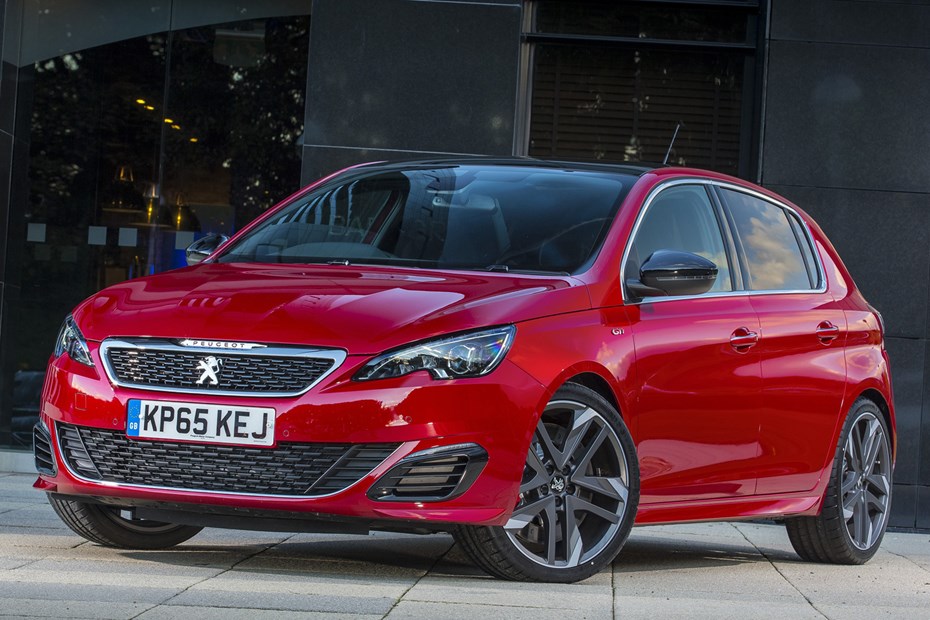
Miles per pound (mpp)
Fuel economy
- Fuel economy for both the GTi 250 and GTi 270 are claimed to be the same 47mpg
- Same goes for CO2, at 139g/km, meaning both GTi models sit in VED tax band E
- Servicing costs should be reasonable, but larger 380mm brake discs on GTi 270 will cost more to replace
Despite a difference in power between the 248bhp model and 267bhp version, Peugeot 308 GTi running costs will be similar thanks to official fuel economy claims being an exact match for each other. Of course, in the real world they’ll likely struggle to achieve their 47mpg claim, especially if you’re driving them as their engineers expect, but over 40mpg should certainly be achievable.
Obviously the larger 380mm disc brakes of the 308 GTi by Peugeot Sport will cost more to replace than the standard discs found on the 248bhp Peugeot 308 GTi and the Michelin Pilot Super Sport rubber will also cost extra when you need new tyres. Apart from that neither should prove prohibitive to fund though and both sit in the same 34E insurance group.
Both are rated in the same annual VED tax band (E) thanks to CO2 emissions of 139g/km.
It doesn’t matter which you choose, all Peugeot 308 GTi emissions are the same, so there’s no penalty for choosing the more powerful 267bhp 308 GTi. Officially the car will emit 139g/km of CO2.
- Engine used elsewhere in the Peugeot range
- Interior quality far better than you might expect
- No reported issues with standard 308 hatchback, GTi should be the same
Despite the tiny engine, boosted so hard to make it the most powerful of its size, Peugeot 308 GTi reliability looks to be more than acceptable. Certainly this engine configuration has been used in other models, including the excellent RCZ R, with little in the way of reported issues. We’d expect the same from the 308 GTi.
Forget any preconceptions about flaky Peugeot interiors too, as the 308 hatchback proved that the French firm can rival its German opposition for quality. Minimalist, well screwed together and featuring tight panel gaps and precise trim inlays, we expect it’ll suffer the rigours of daily life with ease.
Ongoing running costs
| Road tax | £195 |
|---|---|
| Insurance group | 34 |
Get an insurance quote with

|
|






.jpg)
.jpg)
.jpg)
.jpg)
.jpg)
.jpg)
.jpg)
.jpg)
.jpg)
.jpg)
.jpg)
.jpg)
.jpg)
.jpg)
.jpg)
.jpg)





















.jpg)
.jpg)
.jpg)
.jpg)
.jpg)
.jpg)
.jpg)
.jpg)
.jpg)
.jpg)
.jpg)
.jpg)
.jpg)
.jpg)
.jpg)
.jpg)
.jpg)
.jpg)
.jpg)
.jpg)
.jpg)


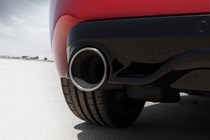


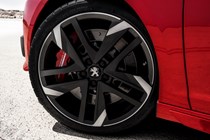





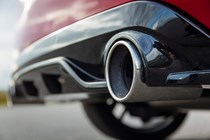
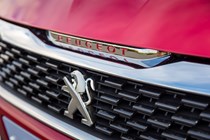


.jpg)
.jpg)
.jpg)
.jpg)
.jpg)
.jpg)
.jpg)
.jpg)
.jpg)
.jpg)
.jpg)
.jpg)
.jpg)
.jpg)
.jpg)
.jpg)
.jpg)
.jpg)
.jpg)
.jpg)
.jpg)
.jpg)
.jpg)
.jpg)
.jpg)
.jpg)
.jpg)
.jpg)
.jpg)
.jpg)
.jpg)
.jpg)
.jpg)
.jpg)
.jpg)
.jpg)
.jpg)
.jpg)
.jpg)




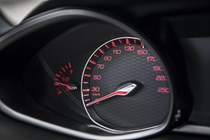
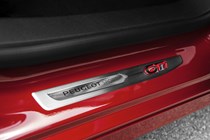





.jpg)
.jpg)
.jpg)
.jpg)
.jpg)

.jpg)
.jpg)
.jpg)
.jpg)




.jpg?quality=50)
.jpg?quality=50)
.jpg?quality=50)
.jpg?quality=50)
.jpg?quality=50)
.jpg?quality=50)
.jpg?quality=50)
.jpg?quality=50)
.jpg?quality=50)
.jpg?quality=50)
.jpg?quality=50)
.jpg?quality=50)
.jpg?quality=50)
.jpg?quality=50)
.jpg?quality=50)
.jpg?quality=50)





















.jpg?quality=50)
.jpg?quality=50)
.jpg?quality=50)
.jpg?quality=50)
.jpg?quality=50)
.jpg?quality=50)
.jpg?quality=50)
.jpg?quality=50)
.jpg?quality=50)
.jpg?quality=50)
.jpg?quality=50)
.jpg?quality=50)
.jpg?quality=50)
.jpg?quality=50)
.jpg?quality=50)
.jpg?quality=50)
.jpg?quality=50)
.jpg?quality=50)
.jpg?quality=50)
.jpg?quality=50)
.jpg?quality=50)















.jpg?quality=50)
.jpg?quality=50)
.jpg?quality=50)
.jpg?quality=50)
.jpg?quality=50)
.jpg?quality=50)
.jpg?quality=50)
.jpg?quality=50)
.jpg?quality=50)
.jpg?quality=50)
.jpg?quality=50)
.jpg?quality=50)
.jpg?quality=50)
.jpg?quality=50)
.jpg?quality=50)
.jpg?quality=50)
.jpg?quality=50)
.jpg?quality=50)
.jpg?quality=50)
.jpg?quality=50)
.jpg?quality=50)
.jpg?quality=50)
.jpg?quality=50)
.jpg?quality=50)
.jpg?quality=50)
.jpg?quality=50)
.jpg?quality=50)
.jpg?quality=50)
.jpg?quality=50)
.jpg?quality=50)
.jpg?quality=50)
.jpg?quality=50)
.jpg?quality=50)
.jpg?quality=50)
.jpg?quality=50)
.jpg?quality=50)
.jpg?quality=50)
.jpg?quality=50)
.jpg?quality=50)











.jpg?quality=50)
.jpg?quality=50)
.jpg?quality=50)
.jpg?quality=50)
.jpg?quality=50)

.jpg?quality=50)
.jpg?quality=50)
.jpg?quality=50)
.jpg?quality=50)